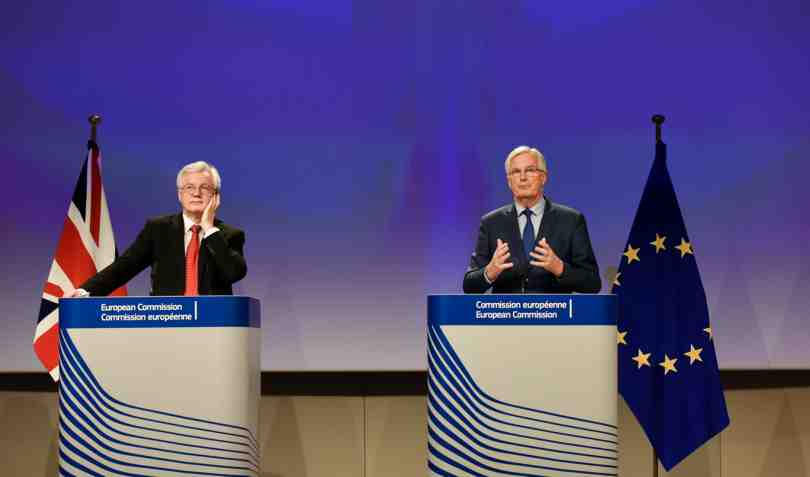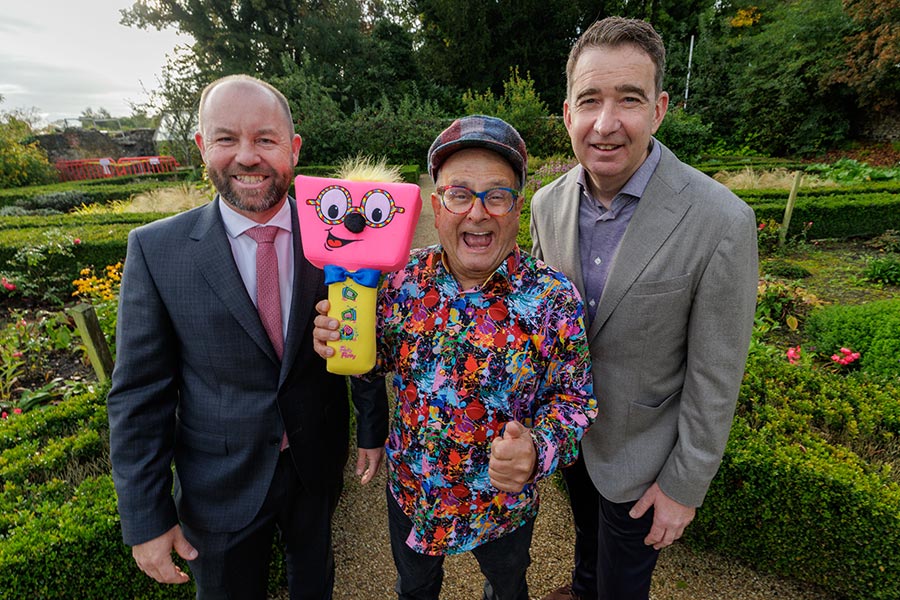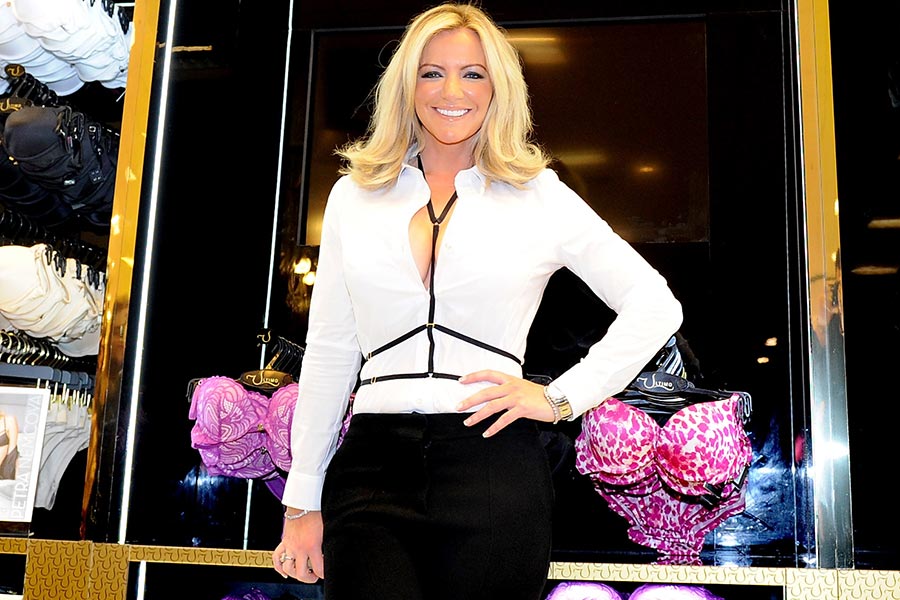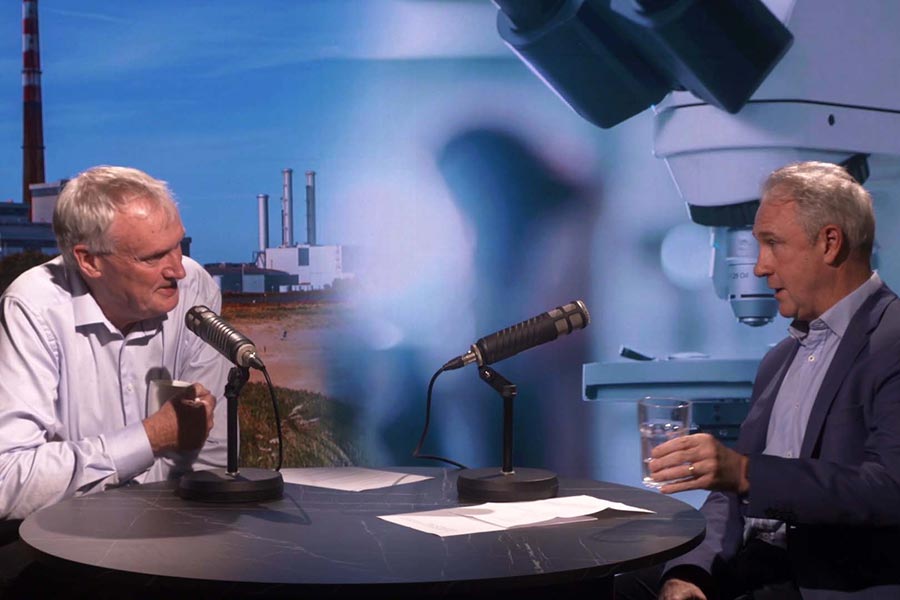After the United Kingdom voted to leave the European Union in June 2016, the EU had plenty of time to prepare its negotiating strategy ahead of the UK’s formal Article 50 notification on 29 March 2017. Two days after the notification, the EU’s draft negotiating guidelines were dispatched to capitals around Europe, and they were formally agreed by the European Council on 29 April 2017.
The EU strategy was to put time pressure on the UK from the off, by dividing the negotiations into two phases. In Phase One, the focus would be on three issues:
• citizens’ rights
• the financial settlement
• the Northern Ireland border.
Only when agreement on these issues was finalised would the negotiations proceed to Phase Two, which would centre on how the transition period would work and an outline of what a new relationship between the EU and the UK would look like. The future trading relationship between the EU and the UK would not be discussed until the UK had formally left the Union, during the transition phase, which could be up to two years.
The deadline for conclusion of Phase One of the negotiation was set for December 2017. On 19 June 2017, the negotiations commenced and there were six rounds of talks up to November. The issue of citizens’ rights was tied down first, but on November 17 Donald Tusk, president of the Council, remarked that “we need to see much more progress on Ireland and on a financial settlement”.
Tusk made that remark after meeting UK prime minister Theresa May in Gothenburg. Further talks with May followed in Brussels on November 24, when Tusk stated “we need to see progress from the UK within ten days on all issues, including on Ireland”.
Dublin Veto
The border backstop was proving to be a logjam. Tusk flew to Dublin on 1 December 2017 to meet with Taoiseach Leo Varadkar, and he made clear that effectively Dublin had a veto on the exit talks. “I came to Dublin to reassure the Taoiseach and all the Irish people that the EU is fully behind you and your request that there should be no hard border on the island of Ireland after Brexit. The Irish request is the EU’s request,” Tusk stated.
Tusk had given May a deadline of December 4 to put a final offer on the table ahead of an upcoming European Council decision on whether talks could progress to Phase Two. Tusk added: “Let me say very clearly: if the UK's offer is unacceptable for Ireland, it will also be unacceptable for the EU. This is why the key to the UK’s future lies - in some ways - in Dublin, at least as long as Brexit negotiations continue.”
On 15 December 2017, Tusk and the Council decided that talks could proceed to Phase Two, though the Northern Ireland issue was far from being finalised. The seventh round of EU/UK negotiations took place from 6 to 9 February 2018, and on March 1 Tusk was again in London to meet May to discuss the backstop issue.
Another round of talks took place in mid-March 2018, and on 19 March 2018 Michel Barnier, the lead EU negotiator, announced that ‘partial agreement’ had been reached on the text for the Withdrawal Agreement. He elaborated that both sides have agreed on the legal text in relation to citizens' rights, the financial settlement, the transition period, and separation issues.
Still unresolved was the Irish question, though at this stage the UK side was being cornered. The EU Commission explained: “The negotiators agreed that a legally operative version of the ‘backstop’ solution should be agreed as part of the legal text of the Withdrawal Agreement. This solution will apply unless and until another solution is found.”
Davis Resignation
More talks continued on the shape of a ‘legally operative backstop’. On 28 June 2018, the European Council complained that “no substantial progress” had yet been achieved on agreeing a backstop solution. With the EU not budging on the backstop, UK Brexit Secretary David Davis resigned on 8 July 2018, declaring that the UK’s tactics were making it less and less likely that the UK could ever leave the customs union and single market.
After the summer holidays, EU heads of government convened in Salzburg on 19/20 September 2018. The backstop was top of the agenda, and the EU leaders reminded the UK “that there will be no Withdrawal Agreement without a solid, operational and legally binding Irish backstop. In October we expect maximum progress and results in the Brexit talks. Then we will decide whether conditions are there to call an extraordinary summit in November to finalise and formalise the deal.”
Theresa’s May government wanted the Withdrawal Agreement signed off by the end of 2018, because she needed three months to have the deal approved by the House of Commons and then prepare and pass necessary withdrawal legislation before 31 March 2019.
Despite the ticking clock, the UK held tough on the backstop through October 2018. On 12 November 2018, Michel Barnier commented that some key issues were still under discussion, “in particular a solution to avoid a hard border between Ireland and Northern Ireland”.
However the next day, the two negotiating sides agreed the final text. On 14 November 2018, May’s Cabinet agonised for five hours before finally endorsing the draft agreement. The EU rushed to conclude the negotiation and on 25 November 2018 the European Council endorsed the draft Withdrawal Agreement. As far as Brussels was concerned, their input was over.
For Theresa May, her misery was just beginning. After seeing off a leadership challenge, May took the deal to the House of Commons on 15 January 2019, where it was rejected by a vote of 432 to 202. The gap narrowed to a 391/242 defeat on March 12, and it was a case of third time unlucky for May on 29 March 2019, when British MPs once again rejected the Withdrawal Agreement, by 344 votes to 286.
That did it for Theresa May’s premiership, and now Boris Johnson is in her place.
Photo: Michel Barnier (right) and David Davis









